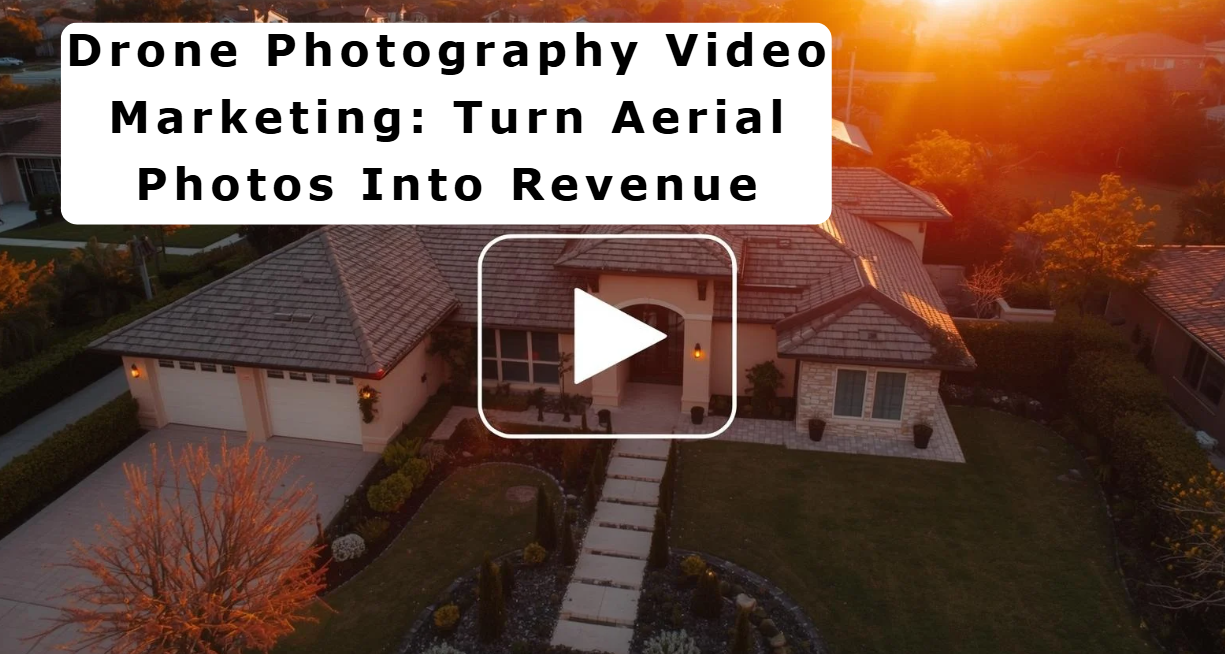How to Engage Students with Virtual University Platforms
In the evolving landscape of higher education, virtual university platforms have become an essential tool for fostering student engagement and enhancing the learning experience. These platforms offer a multitude of interactive and personalized features that can make online learning as engaging and effective as traditional in-person classes. In this article, we will explore various strategies and tools that educators can use to engage students more effectively in a virtual environment.
Key Takeaways
- Utilizing interactive tools like polls, quizzes, and gamification can significantly enhance student engagement.
- Creating a sense of community through virtual study groups, online discussion forums, and social media integration fosters collaboration and connection among students.
- Personalizing the learning experience with adaptive learning technologies, individual feedback sessions, and personalized learning paths helps meet the unique needs of each student.
- Enhancing real-time engagement with live Q&A sessions, breakout rooms for group work, and interactive whiteboards keeps students actively involved in the learning process.
- Utilizing multimedia resources such as educational videos, podcasts, infographics, and virtual reality experiences can make learning more dynamic and interesting.
Leveraging Interactive Tools for Student Engagement
Utilizing Polls and Quizzes
Educators can use tech tools to create strategic learning activities, asynchronous communication, and real-time collaboration. By creating immersive online learning experiences, Poll Everywhere empowers online learners to participate both inside and outside the classroom, leading to improved student success.
Incorporating Gamification
Utilizing these resources and new technologies will:
- Help create more personalized and adaptive learning and connections for students
- Offer structured digital engagement
- Provide social opportunities in a digital environment
Interactive Video Sessions
To reach disconnected, unengaged students, instructors can use virtual tools to engage students in their courses and foster relationships with other students. Interactive video sessions can be a game-changer in this regard, offering a dynamic way to keep students involved.
Educators can learn how to add a virtual tour to Zumper with customizable branding, white-labeling, Google Street View integration, live 360º video chat, and 3D dollhouse floor plans.
Creating a Sense of Community Online
Creating a sense of community online is essential for student engagement and success in virtual university platforms. Building a strong online community helps students feel connected, supported, and motivated throughout their academic journey.
Personalizing the Learning Experience
Adaptive Learning Technologies
Adaptive learning technologies make education more engaging for students and fit their unique learning needs. These technologies adjust the difficulty of tasks based on student performance, ensuring that each learner is appropriately challenged.
Individual Feedback Sessions
To forge individualized relationships with students, try utilizing the following strategies:
- Memorize and frequently use their names
- Keep track of their academic performance in previous lessons
- Offer consistent feedback on all assigned classwork
Spend one-on-one time with students, especially those with behavioral issues.
Personalized Learning Paths
Whether they choose to work in small groups or independently, use electronic devices or pencil and paper, and read books or listen to audio recordings, placing students in charge makes their learning more personally meaningful, individualized, and student-centered.
Utilize the virtual platform’s features to plan content, develop engaging learning activities, provide additional support to students, and provide a better student experience overall.
Enhancing Real-Time Engagement
Real-time engagement is crucial for maintaining student interest and participation in virtual university platforms. Expecting students to sit through a virtual event passively is unlikely to succeed. Here are some effective strategies to enhance real-time engagement:
Live Q&A Sessions
Live Q&A sessions provide students with the opportunity to interact directly with instructors and peers. This not only clarifies doubts but also fosters a sense of community. It's essential to schedule these sessions at convenient times to maximize participation.
Breakout Rooms for Group Work
Breakout rooms are an excellent way to facilitate group work and discussions. They allow students to collaborate on projects and engage in more intimate discussions. This method can be particularly effective in large classes where individual participation might otherwise be limited.
Interactive Whiteboards
Interactive whiteboards can transform a passive learning experience into an active one. They allow for real-time collaboration and visualization of concepts, making learning more engaging and effective. Tools like these can be integrated into your university's virtual platform to effortlessly enhance engagement.
By the way, you may find it helpful to share data points from the post-event survey in your reports to the university management.
Utilizing Multimedia Resources
In today's digital age, multimedia resources are essential for creating engaging and effective virtual learning environments. Utilizing these resources and new technologies will help create more personalized and adaptive learning and connections for students. They offer structured digital engagement and provide social opportunities in a digital environment.
Implementing Student-Centered Teaching Methods
Project-Based Learning
Project-based learning (PBL) is a dynamic classroom approach in which students actively explore real-world problems and challenges. This method encourages students to obtain a deeper knowledge of the subjects they're studying. PBL fosters critical thinking and problem-solving skills that are essential for their future careers.
Peer Teaching Opportunities
Peer teaching allows students to learn from one another, enhancing their understanding and retention of the material. This method not only benefits the student being taught but also reinforces the knowledge of the student who is teaching. It creates a collaborative learning environment where students feel more comfortable and engaged.
Flipped Classroom Model
The flipped classroom model inverts traditional teaching methods by delivering instructional content, often online, outside of the classroom. This approach allows for more interactive and hands-on activities during class time. Students can review the material at their own pace and come to class prepared to engage in deeper discussions and practical applications.
Utilizing the virtual platform’s features can significantly enhance the effectiveness of these student-centered teaching methods. By integrating tools like interactive 360° virtual vehicle spins training, educators can create more engaging and immersive learning experiences.
Monitoring and Improving Engagement
Tracking Participation Metrics
To effectively monitor student engagement, it's crucial to track participation metrics. These metrics provide valuable insights into how students are interacting with the virtual platform. Key metrics to consider include login frequency, time spent on the platform, and participation in interactive activities such as quizzes and polls.
Conducting Regular Surveys
Regular surveys are an excellent way to gather feedback from students. These surveys can help identify areas where the platform excels and where improvements are needed. Consider including questions about the ease of use, the effectiveness of interactive tools, and overall satisfaction with the virtual learning experience.
Adjusting Strategies Based on Feedback
Feedback is only valuable if it leads to actionable changes. After collecting survey data, analyze the results to identify trends and areas for improvement. Implement changes to the platform or teaching methods based on this feedback to continually enhance student engagement.
By the way, you may find it helpful to share data points from the post-event survey in your reports to the university management.
Monitoring and improving engagement is crucial for the success of any online platform. By understanding user behavior and making data-driven decisions, you can significantly enhance user experience and retention. For more insights and tools to boost your engagement metrics, visit our website www.cloudpano.com.
Conclusion
Engaging students in virtual university platforms requires a multifaceted approach that leverages various digital tools and strategies. By incorporating virtual fundraising programs, personalized one-on-one chats, and interactive group projects, educators can foster a sense of community and active participation among students. It's essential to remain adaptable and creative, ensuring that inclusivity and accessibility are prioritized. As we navigate the evolving landscape of remote education, these practices will not only enhance the learning experience but also help maintain strong connections within the academic community.
Frequently Asked Questions
How can virtual university platforms help engage disconnected students?
Virtual university platforms can use interactive tools such as polls, quizzes, and virtual study groups to engage students and foster relationships among them.
Why is student engagement important in virtual learning?
Student engagement is crucial in virtual learning because it helps ensure that students feel involved and motivated, leading to better learning outcomes.
What are some effective strategies for engaging students in virtual learning?
Effective strategies include leveraging interactive tools, creating a sense of community online, personalizing the learning experience, and using multimedia resources.
How can instructors create a sense of community in a virtual classroom?
Instructors can create a sense of community by organizing virtual study groups, facilitating online discussion forums, and integrating social media into their courses.
What role does personalized learning play in virtual education?
Personalized learning helps address individual student needs and preferences, making the learning experience more relevant and effective through adaptive learning technologies and personalized learning paths.
How can real-time engagement be enhanced in virtual classrooms?
Real-time engagement can be enhanced through live Q&A sessions, breakout rooms for group work, and the use of interactive whiteboards.














.png)



.png)
.avif)




.png)

.png)





